Planning Agenda: 2024-01-25
The municipal agenda for the Planning Commission meeting on 2024-01-25 is 👉here👈
UPDATE 2024-01-26: The proposed reforms were advanced to the City Commission unanimously. The stream of the meeting is available 👉here👈. It has been heard on back-channel that the approval of ADUs by Director Review by a typo, and that counter approval of ADUs is the text which will be advanced to the City Commission. Counter approval of ADUs reduces the time of the approval process dramatically in addition to eliminating a ~$1,330 fee.
UPDATE 2024-01-21: The final red letter and clean text of the proposed changes are now on the 👉official agenda👈. A few additional tweaks have been made; most notably the striking of the arbitrary height limitations for ADU's introduced in 2018 by the ironically named "Housing NOW" amendments. Also struck for ADUs is the minimum floor area (previously 400sq/ft).
2128 S. Division Ave
This is a Special Land Use (SLU) request to operate a banquet hall with live entertainment in a vacant structure most recently operated as a church. Doors will be closed during events to contain sound.
No alcohol license is being pursued. Hours of operation will be 10am - 11pm, Monday through Saturday and 1:00pm - 9:00pm on Sunday. All events will end by 10:00pm. The facility has handicapped accessible bathrooms.
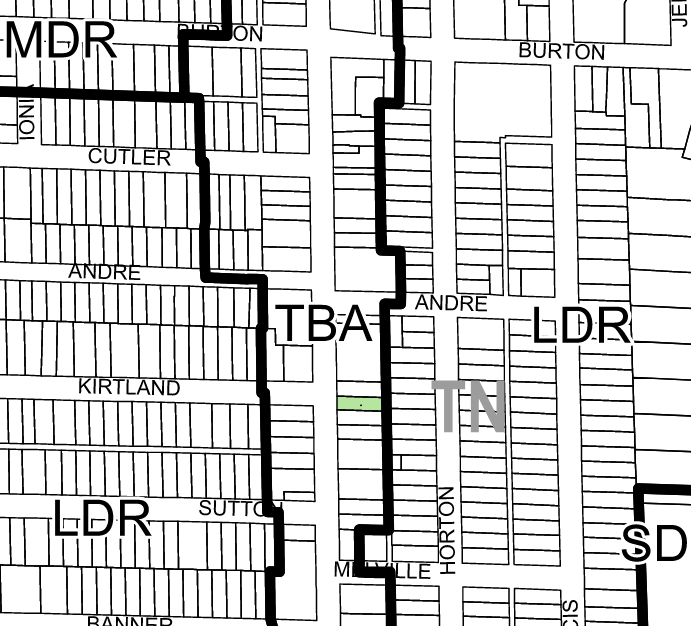
|
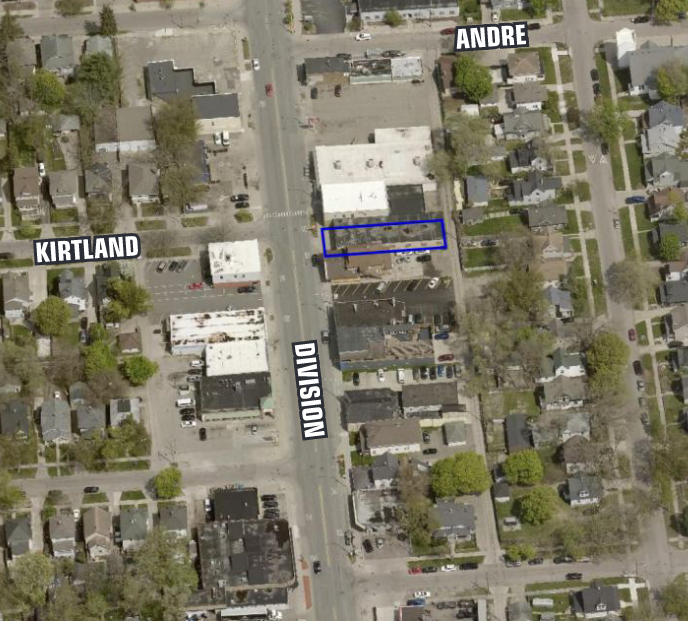
|
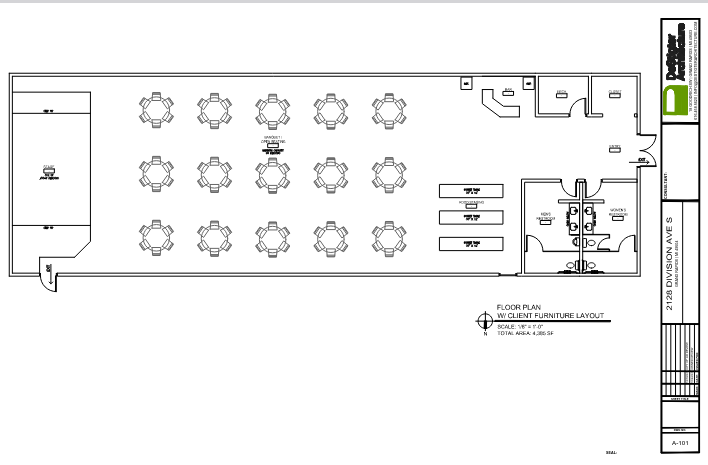
|
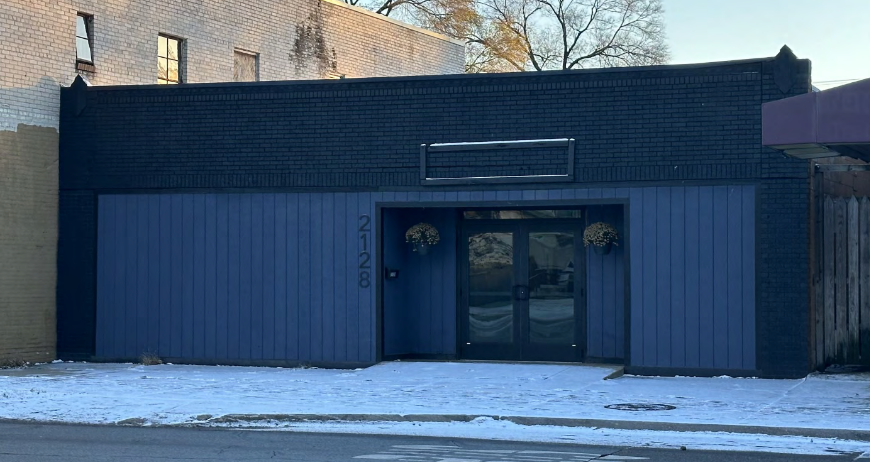
|
The developers are counting 45 parking spaces as available; twenty (20) on the street, and twenty five (25) across the street in a surface lot. No on-site parking is available.
A letter of support has been received from the Garfield Park Neighborhoods Association.
2007 S. Division Ave
This is a Special Land Use (SLU) request by Bridge Street Ministries to operate a youth center and expand their existing after-school program to the Burton Heights neighborhood. Operation of a youth center requires SLU within a Traditional Business Area (TBA) zone.
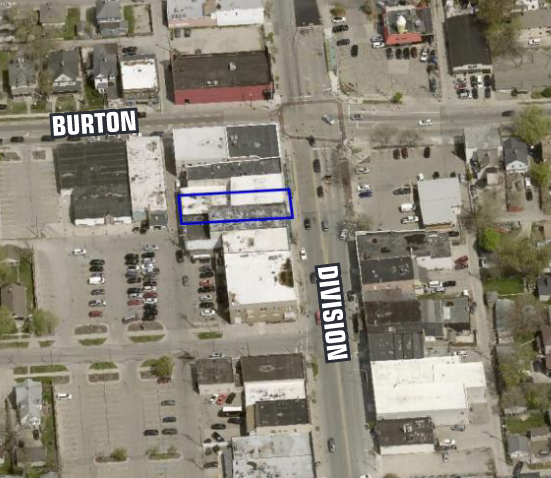
|
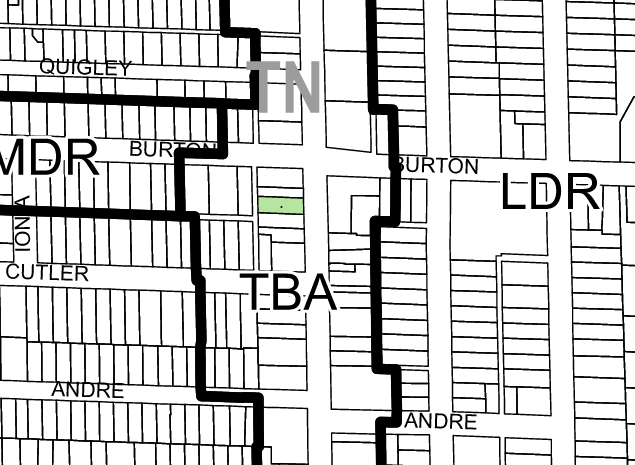
|
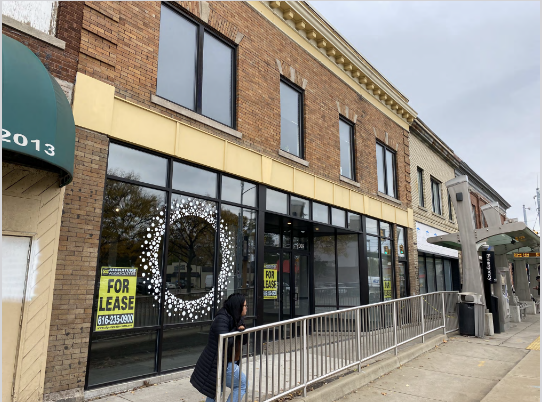
|
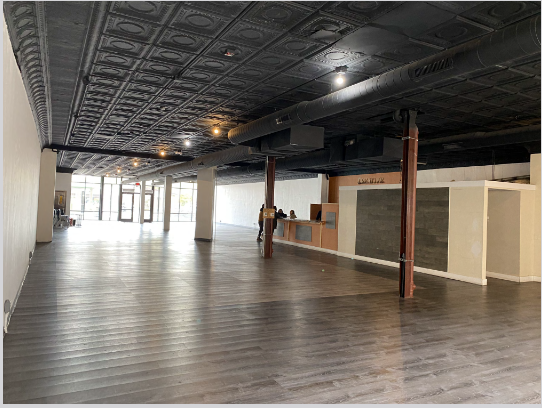
|
No off-street parking is provided; however ~57 spaces are required by the current ordinances arbitrary formula. There are ~200 parking spaces in public surface lots within 300 feet of the building. The site is adjacent to a Silver Line BRT station as well as stops on Rapid #1 and Rapid #24 routes. No bicycle facilities are being proposed.
Zoning Reform
The following are land-use reforms intended to finally address, in a substantive way, the ongoing housing crisis in Grand Rapids. These have been in development since a joint meeting of the Planning Commission and the City Commission in July of 2023. The following articles document the sequence of meetings related to the development of these reforms.
- The Joint PC/CC Meeting, 2023-07-13, UrbanGR
- Planning Agenda: 2023-09-28, UrbanGR
- Planning Agenda: 2023-11-09, UrbanGR
Several of these reforms reference the street classifications of "Link Residential" or "Network Residential". These classifications comes from the city's Vital Streets plan which classified every street in the city. A street classification map can be found 👉here👈. As a simple example here is an excerpt from the Vital Streets map of the Highland Park neighborhood where the street sections of Link Residential and Network Residential are black.
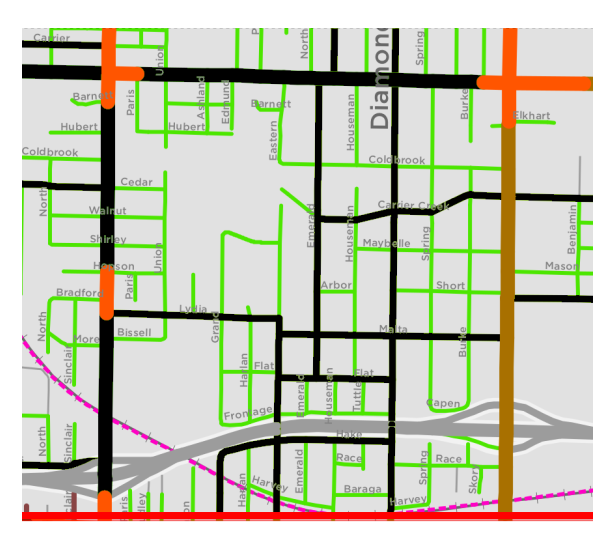
Using the street classifications to guide development has been a recurring topic, yet AFAIK this is the first proposal to do so.
If all of these proposals are adopted this would seem to, finally, be an actual end to Single Family Zoning in the city of Grand Rapids, MI. ADUs would be permitted by Directory Review (DR) in all residential zones. The by-right ability to build duplexes on corner lots would be extended to up to six (6) unit residential on a significant number of neighborhood streets in Traditional Neighborhood (TN) zones. Small SROs become a permitted use in almost all residential areas [somewhat restricted by parking requirements unless on one of the designated street classifications].
Accessory Dwelling Units
Accessory Dwelling Units (ADUs) would become in single family (LDR) and medium density (MDR) zones. This eliminates the "Qualified Review" (QR) status created under Housing NOW.
An ADU would be permitted on a property occupied by either a single or two unit (duplex) dwelling.
Requirements Eliminated:
- The parking requirement, previously one additional space, for an ADU is eliminated.
- The strange 20ft height limit for detached ADUs less than 20ft from the rear lot line, a change which was added to the ordinance by the 2018 "Housing NOW" amendments. This restores the previous height limit of 25ft for detached ADUs.
- The Owner-Occupancy requirement. This change dramatically opens up financing options for households looking to build an ADU.
- The minimum floor area of 400ft. The ordinance no longer specifies a minimum, that requirement will fall back to the residential building code [as it should].
A maximum size of 850sq/ft is still specified, as is the limit to two (2) bedrooms. The lot must still meet or exceed the area minimum lot size.
Unrelated Occupants Limit
The number of unrelated adults living in a dwelling unit is increased from four (4) to six (6).
Single Room Occupancy (SROs)
The exclusion of Single Room Occupancy in single family (LRD) zones is removed.
- SROs with less than seven (7) units are now permitted in low density (LDR) and medium density (MDR) zones.
- SROs with seven (7) to twelve (12) units are Special Land Use (SLU) in both low density (LDR) and medium density (MDR) zones.
- SROs with thirteen (13) or more units are excluded from low density (LDR) zones, and are Special Land Use (SLU) in medium density (MDR) zones.
- SROs with more than twelve (12) units must be at least 1,500ft from any other SRO, rehabilitation or adult foster care facility, or transitional or emergency shelter.
- When Special Land Use (SLU) is required a Good Neighbor Plan must be submitted with the SLU request.
- A minimum of 90% of the occupancy [aka: lease] of an SRO must be for a continuous period of at least ninety (90) days.
An SRO is a residential dwelling where each unit has only one (1) habitable room of less than 300sq/ft not including up to 70sq/ft for a kitchen. A unit in an SRO may contain either a bathroom or a kitchen, which distinguishes it from an apartment. An SRO, distinguishing it from something like a bed-n-breakfast may not be owner-occupied.
Transitional Housing
The exclusion of transitional or emergency shelters in single family (LRD) zones is removed and changed to Special Land Use (SLU), as it currently is for MDR (Medium Density zones). A Good Neighbor Plan must be submitted with the SLU request.
Restrictions for shelters housing more than seven (7) adults are created:
- Must be located within 2,500ft of a transit stop.
- May not be located on a Neighborhood Residential or Link Residential street unless the property is more than one acre (which, honestly, is pretty much nowhere).
Restrictions for shelters housing more than thirteen (13) adults are created: - Must be located more than 1,500ft from any other transitional or emergency shelter, SRO, rehabilitation or adult foster care facility. - The property must be at least 20,000sq/ft.
Small Scale Infill
The following parking requirements changes are limited to Traditional Neighborhoods (TN).
- In single family zones (LDR) multi-family residential of up to six (6) units is a permitted use if the development is located on a Link Residential or Network Residential street.
- Minimum lot size for duplexes (2 unit) development is reduced from 6,000sq/ft to 3,800sq/ft in LDR and from 5,000sq/ft to 2,500sq/ft in MDR zones.
- Minimum width for duplexes is reduced from 60ft to 36ft in LDR zones and from 50ft to 36ft in MDR zones.
- A new lot width minimum of 36ft is established in both LDR and MDR for 3 - 6 unit developments.
- Restrictions on the conversion of a single unit or two unit dwelling are removed. Previously this required Special Land Use (SLU) and there was some mumble-mumble about neighborhood character.
- There is a somewhat confusing restriction stating that multi-family residential shall not be located on a Neighborhood Residential street, but that the Planning Commission may waive this restriction.
Parking Requirements Reduction
The following parking requirements changes are limited to Traditional Neighborhoods (TN).
- Exceeding a parking maximum of more than one (1) space per 1,000 sq/ft of non-residential use and one (1) space per dwelling unit requires Special Land Use (SLU). Applying for an SLU to exceed this parking maximum requires a parking demand study.
- Off-street parking requirements are waived for developments of six (6) or less units if the development is located on a Link Residential or Network Residential street.
The following parking requirement change applies to all parking requirements.
- Up to 50% of a parking requirement may be waived if the structure is within a half (0.5) mile of a BRT station, or a quarter (0.25) miles of a transit stop. Previously this limit was 300ft and 100ft, respectively.
Related
- 5 ways Grand Rapids may boost housing supply and affordability , CRAINS 2026-01-26
